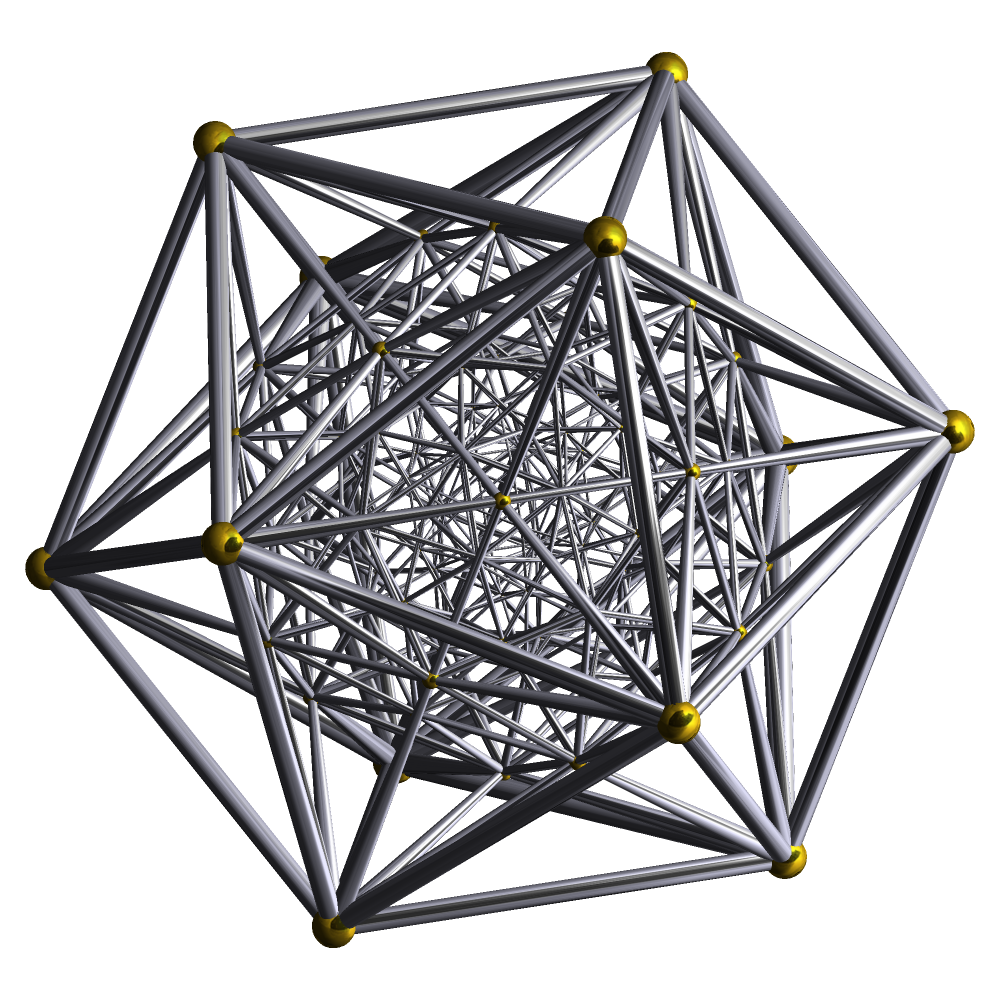[Meta] To Icosian Reflections
At just under nine years since I started blogging, I'm changing this blog to a new name. There's no huge story here, just a vague but growing dissatisfaction with My Faults My Own as my brand for personal writing.
(1)
I took the name My Faults My Own in August 2013, in homage to Vi Hart's video Doodling in Math Class: Connecting Dots, particularly the quote:
Here's the thing about connecting dots. You can have all the steps laid out for you, taking whatever next step is easiest and closest and be sure of what you're getting the whole time. This way is safe and comfortable.
Or, you can try new ways of connecting dots and not know what you're going to get. Maybe it will be something great, maybe it will fail. And when it fails it will be your fault. You can't blame anyone else, not mathematics or the system or the check-boxes.
But if I am to have faults, I would rather they be my own.
I continue to believe that {intellectual self-ownership, independence, creativity} are effectively necessities for strong analytical ability, which you very much do want to have on your side.
But I also have other intellectual principles, and elevating this particular one to pride of place in the title has stopped seeming right to me. My faults are my own, I would rather they be my own, and I expect that I'll believe that approximately forever. I'm well settled into that stance, and I'm not going back. But I don't blog under Water is Wet or Sky is Blue, and blogging under a declaration of independence borrowed from another...eh, it doesn't quite sit right.
Instead, welcome (back) to Icosian Reflections.
The icosians, of course, are the quaternions that are even permutations of:
- (±1, 0, 0, 0),
- (±1/2, ±1/2, ±1/2, ±1/2),
- or (0, ±1/2, ±1/2φ, ±φ/2),
which form the vertices of a 600-cell of unit radius. Reflection symmetries of the icosians (or the 600-cell) generate the binary icosahedral group.
I trust the implications of this name are obvious.
(2)
The subtitle changes without much fanfare or commentary, in a stylistic quirk I stole from Slate Star Codex before Scott Alexander was spooked by doxing and ran to Substack.
It's currently on the seventh iteration -- in the past it's nodded to Diane Duane (twice), W. H. Auden, Ada Palmer, and John Donne. Currently it's a hat tip to George Westinghouse, but also a statement about the present age. Missed the previous ones? Sorry, better luck next time.
It'll change again someday, again without announcement.
(3)
For posterity, here was the segment of the About the blog page that explained the old name:
Why "Faults"?
I took the name for this blog from a video by the great popularizer of mathematics Vi Hart. (YouTube channel here)
Her brilliant piece, Doodling in Math Class: Connecting Dots, a lament of the state of twenty-first-century mathematical education, masquerading as a lesson in curiosity-driven mathematical exploration, masquerading as a lesson on constructive geometry in the cartesian plane, masquerading as the ramblings of a student bored by an uninspiring high-school math class, concludes with a rallying cry for free thinkers, explorers, and doodlers alike:
Here's the thing about connecting dots. You can have all the steps laid out for you, taking whatever next step is easiest and closest and be sure of what you're getting the whole time. This way is safe and comfortable.
Or, you can try new ways of connecting dots and not know what you're going to get. Maybe it will be something great, maybe it will fail. And when it fails it will be your fault. You can't blame anyone else, not mathematics or the system or the check-boxes.
But if I am to have faults, I would rather they be my own.

